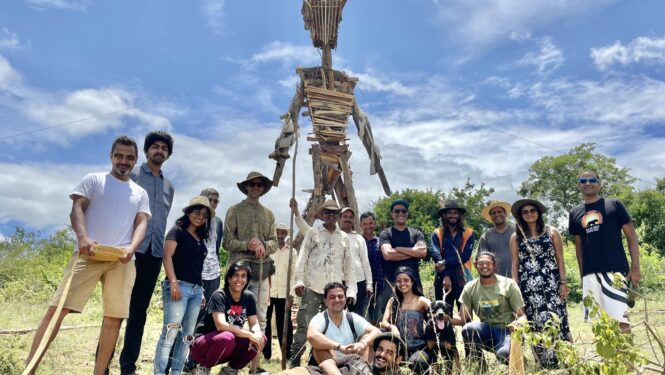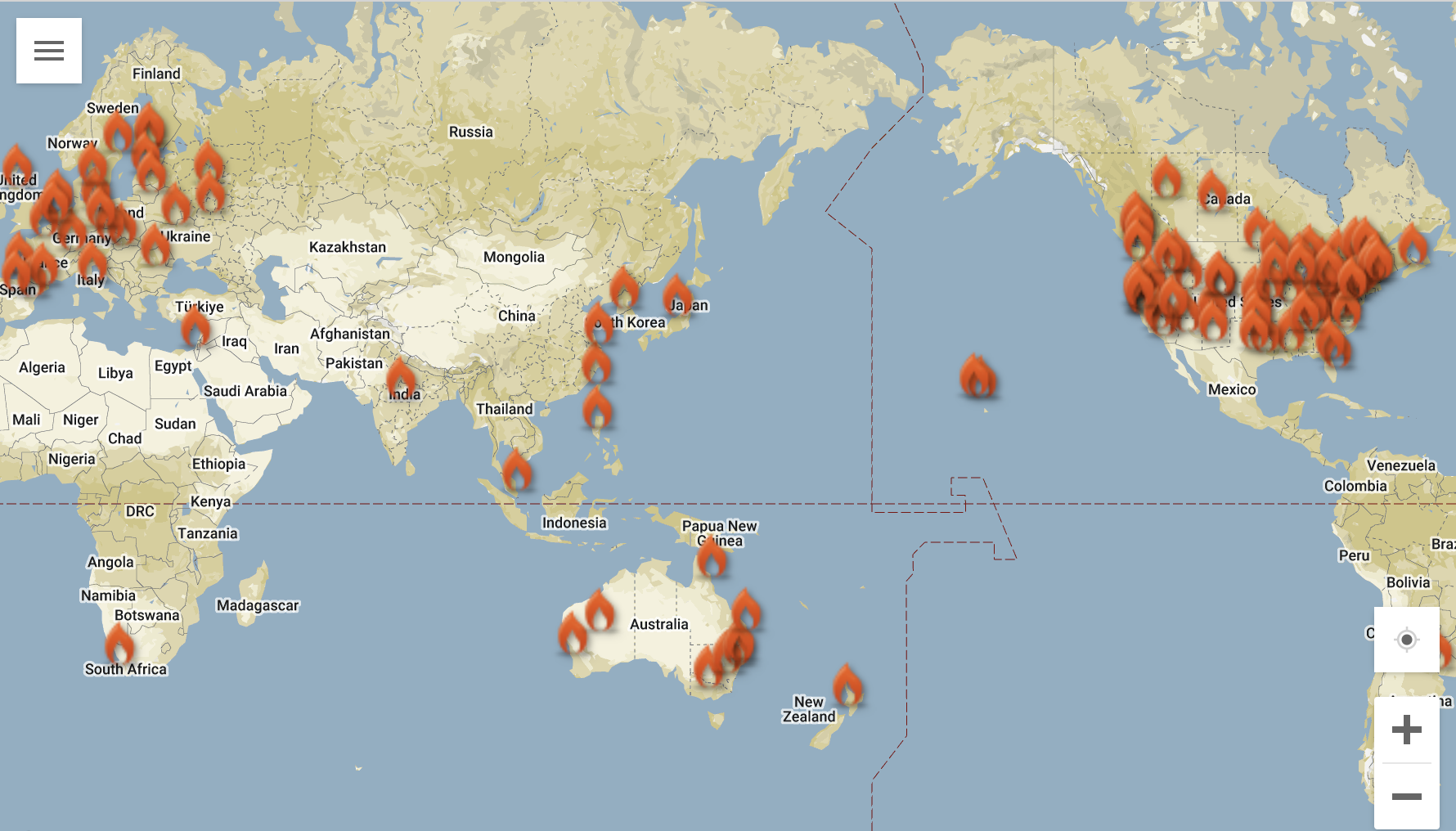The Burning Man Regional Network is in its 25th year and there’s a lot to celebrate! What began as an “experiment in temporary community” has become a complex ecosystem of interconnecting people, communities and events that happen year-round. What should the next 25 years look like? What would it take for all of our communities to thrive? Burning Man Project is on a journey in collaboration with regional communities to update and co-create this global network.
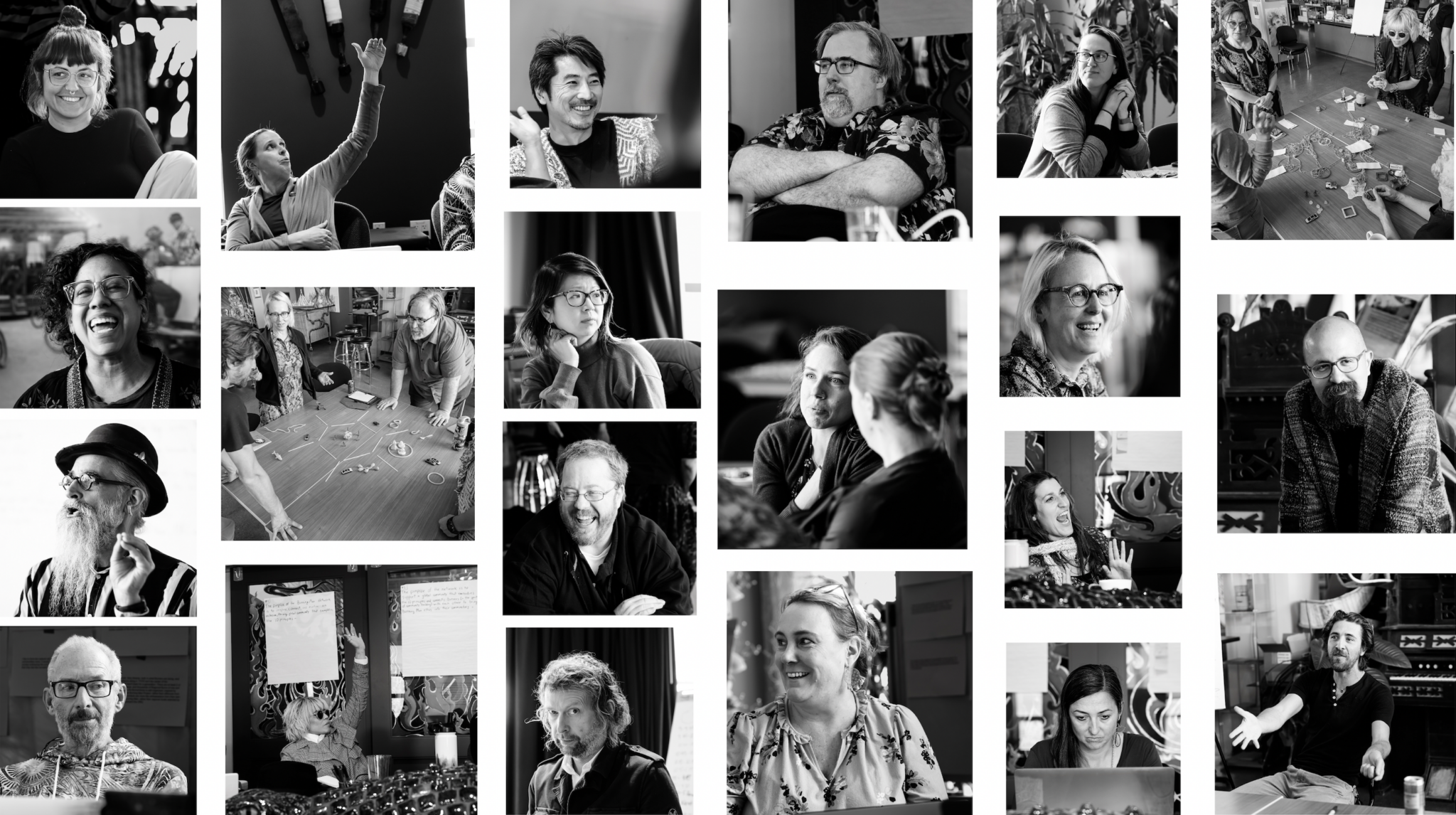
Regional Network’s Evolution
In 1986, a small group of friends gathered on Baker Beach in San Francisco to burn an eight-foot high wooden man. Little did they know that this creative act would launch a cultural movement that would affect the lives of millions of people around the world.
Burning Man piloted the Regional program after Black Rock City 1997, with the intention that the first Regional Contacts (RCs) would act as information hubs in their local areas. The responsibilities of the RCs evolved to include: nurturing year-round creative community, welcoming and orienting newcomers to the culture, bringing people together, and endorsing community events for official recognition by the Burning Man organization. The Regional Network program now includes more than 235 RCs in 125 communities and 34 countries on four continents.
Through RCs and the dedication of community members throughout the world, Burning Man Regional Events emerged globally. The first of these was Burning Flipside, organized in Austin, Texas, in 1998. The first to take place outside North America was Kiwiburn in New Zealand. Today there are over 100 official Regional Events recognized globally and many more unofficial events. In recent years we’ve also seen a trend toward small “microburns” and backyard burns; and the culture has increasingly blossomed beyond events, initiating Burners Without Borders chapters, public art projects, and civic projects of all kinds.

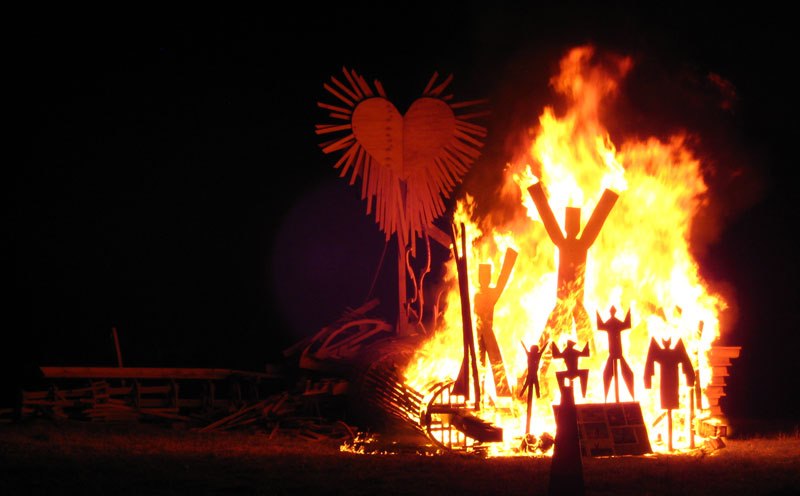
As a result, a number of questions have emerged related to scale and structure. The geographic focus of the original Regional Network still seems relevant to many, but increasingly, Burners want to connect across geographic borders and social mediums, around shared passions and affiliation groups, and in other ways that the current “Regional Network” does not easily do.
The relationship of Regional Burner communities to Black Rock City also continues to evolve. There are many self-described “Burners” who have never been to Black Rock City and don’t plan to go. The point of reference for what it means to be a “Burner” and to “Burn” is relative to how and where someone enters the culture. And yet, when we can connect Burners to their extended global community, the sense of belonging and meaning deepens for us all. Connecting people authentically and through shared creative experience is at the core of what we do.
Burning Man as a cultural and social movement is in motion. The seeds of change have spread and are spawning seeds of their own. Some Regional Burner communities are buying land and bringing the ephemeral aspect of the social experiment into dialogue with land stewardship, rural and urban centers, and “embassies” (Shout out to the Berlin Burner Embassy!). The only thing certain is continued evolution.
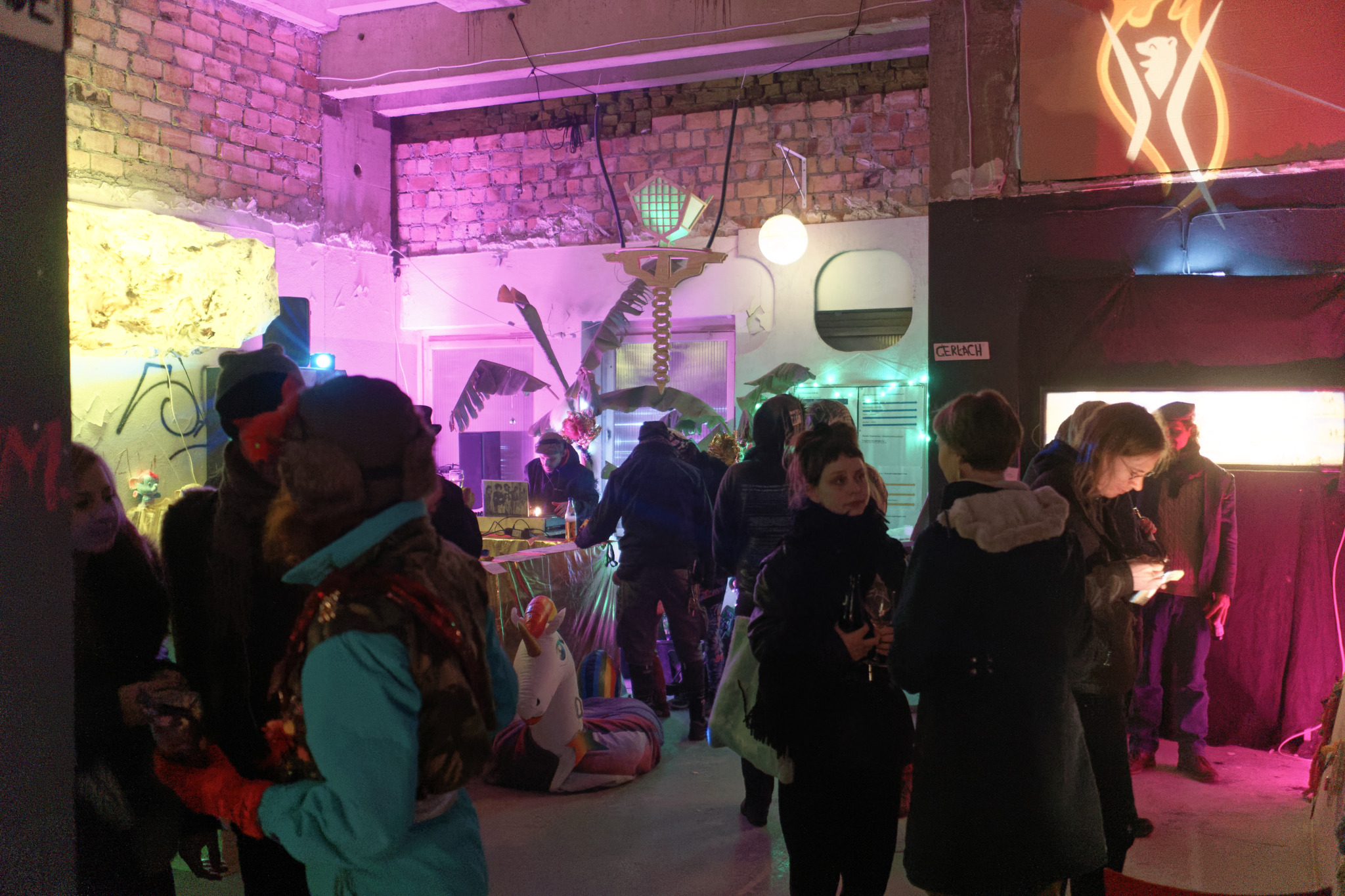
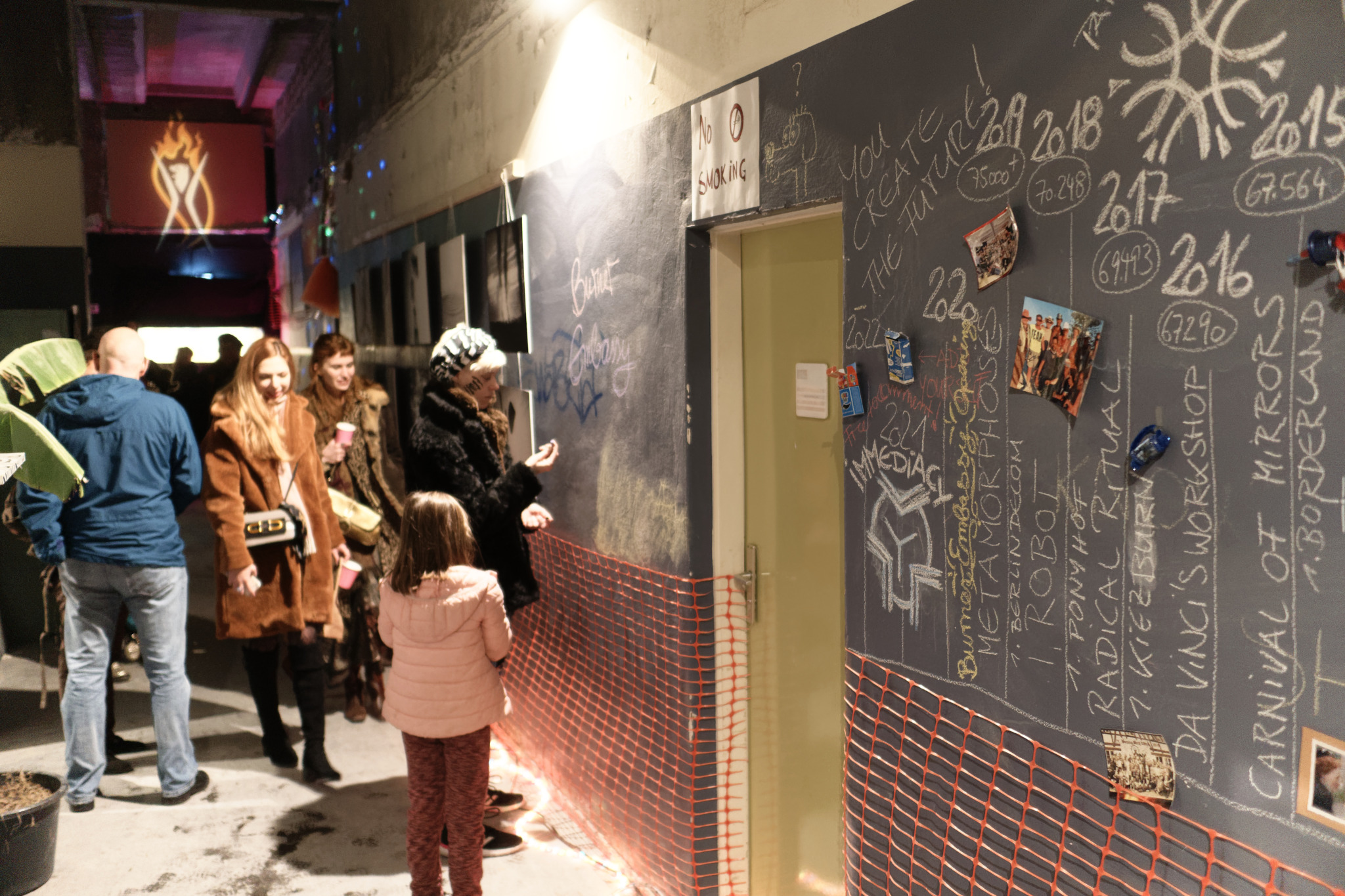
“25 to Thrive” — Our Inspiration and Approach
How we network and nurture our expanding community will define the future of the Burning Man movement. With that in mind, the 25 to Thrive project was initiated by Burning Man Project to reconsider the ecosystem of the Regional Network.
The initial findings are the results of six months of discovery, data analysis, heated discussions, sweat and some tears of an international team of community organizers. Project participants brought a range of experiences and skills from within and beyond the network to the conversation. The findings build upon years of surveys, questionnaires, AfterBurn reports, community convenings, and conversations across the world about the functionality of the network.
Using a human-centered approach, the 25 to Thrive team interviewed more than 50 contributors from Regional Network hubs and adjacent networks. The team captured a wide spectrum of perspectives, gaining insight into how different stakeholders view the network.
This data reveals a desire among network participants for greater sharing of knowledge, resources and meaningful engagement. It also highlights the limited capacity of the current system. Moreover, it reveals that the roles, meaning of “regional,” and priorities of the Regional Network are not widely known, understood, or accepted by all community stakeholders.
Furthermore, the responsibilities of RCs are not well understood; and there are individuals and organizations around the world who seek to be in relationship with the culture and one another but don’t know exactly how to participate in the network. The many ways people communicate and different technologies in use, both offer ways of connecting members of the network and making community cohesion challenging.
Conversely, a few of the Regional Network’s strengths and successes at the 25-year mark of its existence include: 1) RCs often perform multiple impactful roles in their communities (54% lead theme camps, build collaborative art, or hold positions on their local organizations’ boards; 47% volunteer on Regional Event teams and participate in groups such as professional, academic, or creative organizations that extend beyond Burning Man). 2) Total cash art grants given by official Regional Events were the equivalent of $1.2 million U.S. dollars in 2022, matching the amount Burning Man Project gives in art grants annually. 3) As of 2022, five official event groups either own their land or have a long-term stewardship relationship with land.
We wish to dig deeper into both the challenges and strengths as we consider the future of the Regional Network.
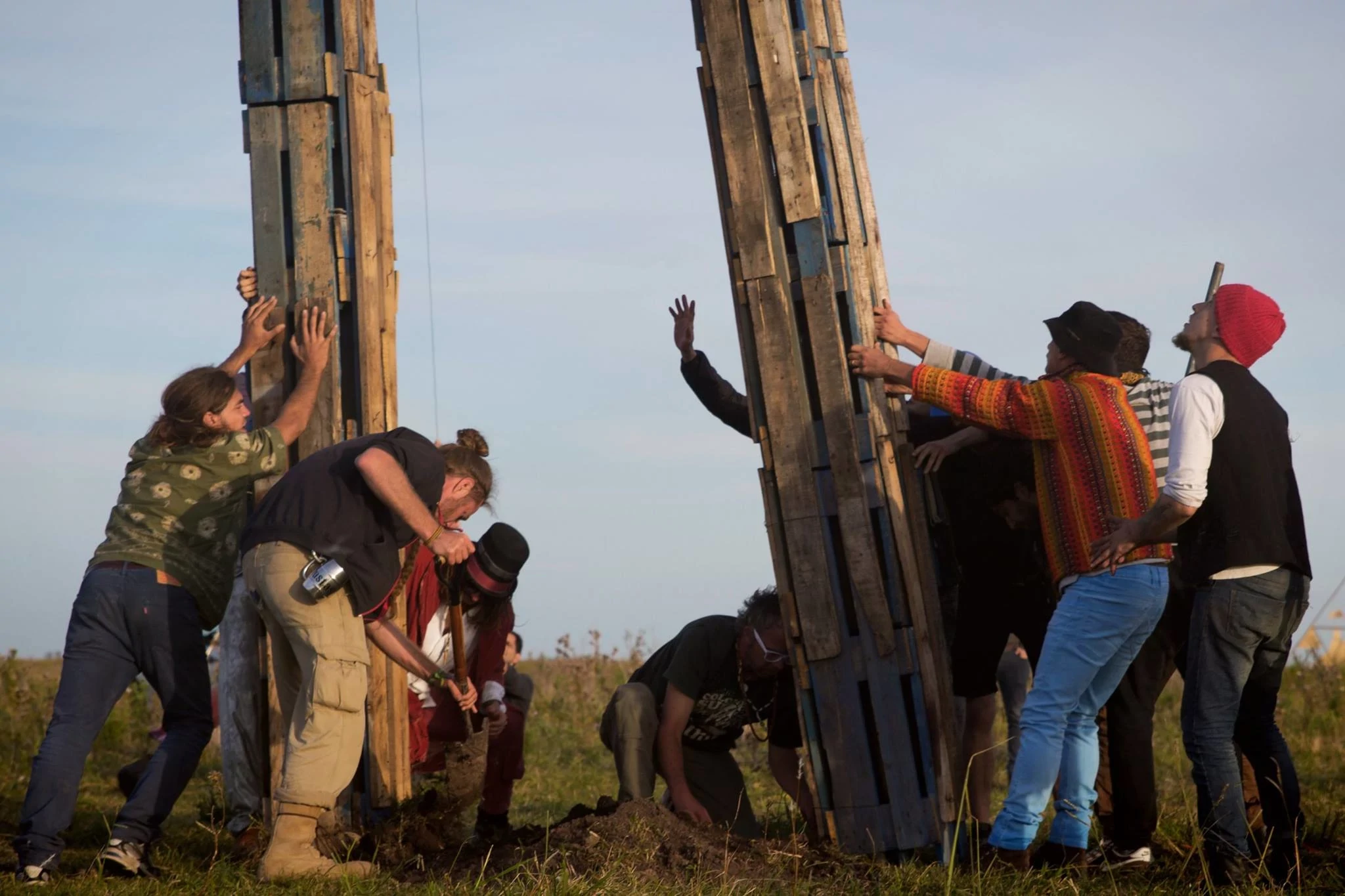
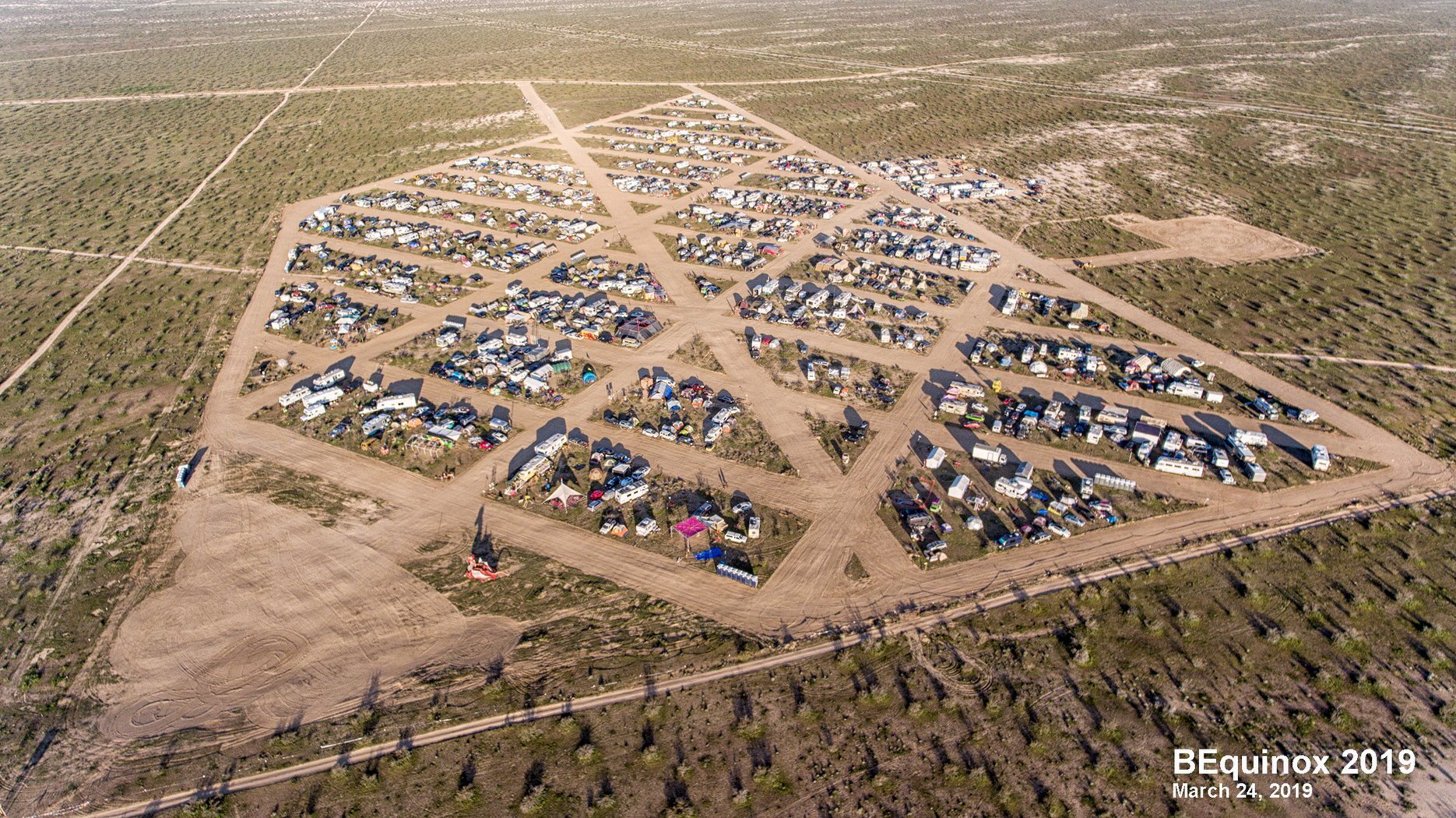
What’s Ahead
This work lays the foundation for a multi-phase process through which we hope to create a better and more “badass” network that connects Burners year-round. If you would like to offer input, we welcome sanity checks and “hell yeahs!” that help us prioritize and deepen our thinking and work for the next phase of 25 to Thrive.
Keep an eye out for online forums in October. If you will be in Black Rock City, please join us for in person conversations with the project coordinators on Tuesday, August 29, 2:30pm at Burners Without Borders (3:45 & Esplanade) and Wednesday, August 30, 11am at Center Camp. To learn more about the 25 to Thrive initiative and offer feedback, head here.
Cover image of participants at Aatmanirburn in India, 2022 (Photo by Dave Banerjee)

